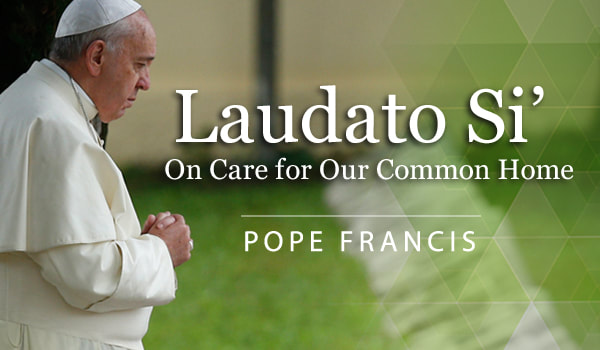Area of Study 2
|
Outcome 2On completion of this unit the student should be able to discuss the interactions within a religious tradition or denomination and between a religious tradition or denomination and wider society in relation to a significant challenge, and examine the effects of these interactions.
|
Key Knowledge• for one or more than one religious tradition or denomination:
– a significant challenge involving at least one of the categories of theology, ethics and continued existence – the broader context of the particular challenge – when and where the challenge occurred or is occurring – the sources of the significant challenge coming from within the religious tradition or denomination and from interactions with society • how specific aspects of religion were or are involved • the stances and supporting responses adopted by the religious tradition or denomination, in relation to the challenge • the reasons and intended outcomes for the stances and supporting responses • the influence of the religious tradition’s or denomination’s stances and supporting responses on the challenge itself • the influence of the responses on the religious tradition or denomination and on wider society. |
Key Skills• analyse a significant challenge faced by a religious tradition or denomination
• explain stances and supporting responses adopted by a religious tradition or denomination in relation to a challenge • analyse the influence of stances and supporting responses on a challenge itself and on wider society • interpret, synthesise and apply primary and secondary source material. |



